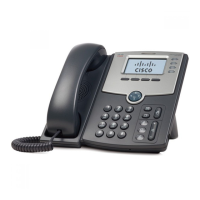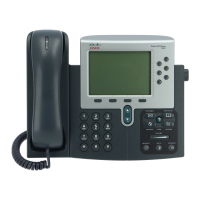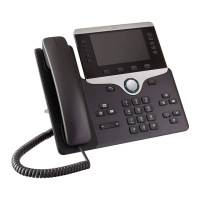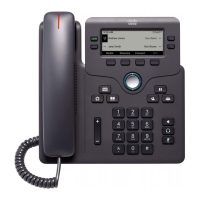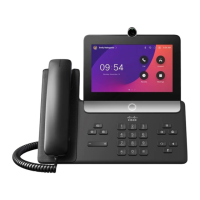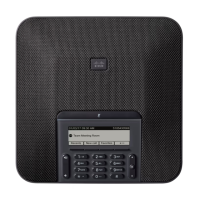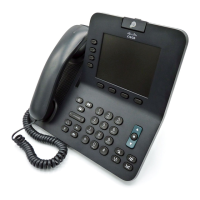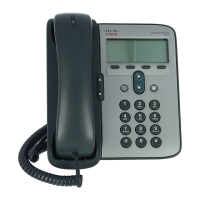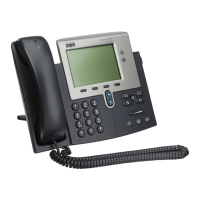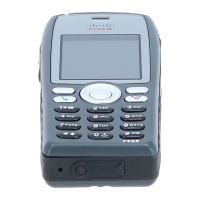Do you have a question about the Cisco SIP IP Phone and is the answer not in the manual?
Provides information about how to set up, connect cables, and configure a Cisco SIP IP phone.
Lists the chapters and appendixes in this document.
Explains how to obtain documentation from Cisco Systems via web and CD-ROM.
Details how customers can get technical assistance from Cisco.com and TAC.
Defines SIP as a standard for multimedia conferencing over IP and its capabilities.
Describes the Cisco SIP IP phone as an IP telephony instrument with physical and network features.
Lists physical, network, and configuration features supported by the Cisco SIP IP phone.
Illustrates the physical connections for data, power, and headset on the Cisco SIP IP phone.
Explains the phone's initialization process, including image loading, VLAN configuration, and IP address acquisition.
Provides information on how to install Cisco SIP IP phones in an IP network, including task summaries.
Details how to configure basic SIP parameters using TFTP server configuration files.
Explains how to configure essential network parameters via DHCP or manually.
Describes the steps to connect the phone to the network and a power source before use.
Outlines the methods to change Cisco SIP IP phone configuration using phone buttons, TFTP, or CLI.
Covers displaying and configuring network settings like DHCP, IP address, and domain name.
Explains how to modify SIP parameters via configuration files or directly on the phone.
Details available CLI commands for debugging and troubleshooting the Cisco SIP IP phone.
Details the supported SIP functions like UAC, UAS, proxy, and redirect servers.
Lists the SIP methods supported by the Cisco SIP IP phone.
Categorizes and describes the SIP responses supported by the Cisco SIP IP phone.
Illustrates call flows for various successful call scenarios between Cisco SIP IP phones.
Details call flows for unsuccessful call scenarios like busy, no answer, or authentication errors.
Warns users to read installation instructions before connecting to power.
Advises handling product disposal according to national laws and regulations.
Warns against working on the system or disconnecting cables during lightning activity.
Caution against connecting SELV circuits to TNV circuits to avoid electric shock.
Ensures proper circuit breaker usage for product protection against overcurrent.
